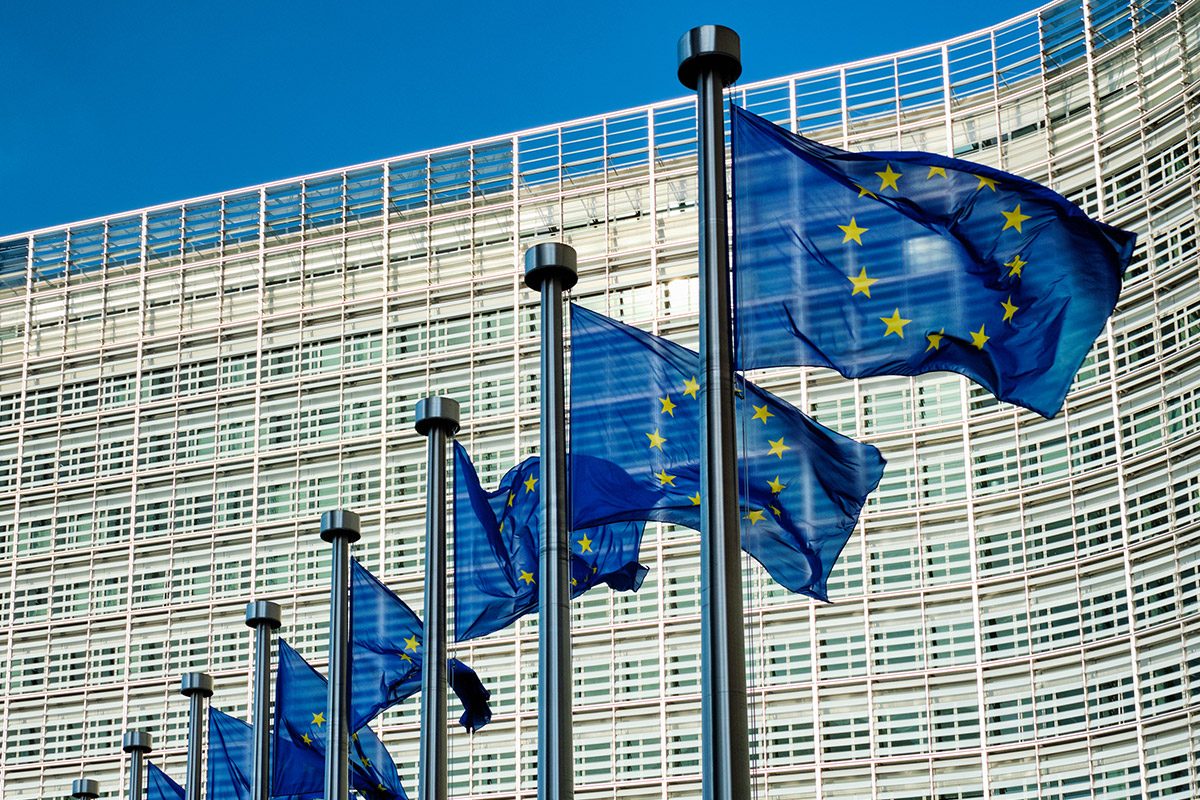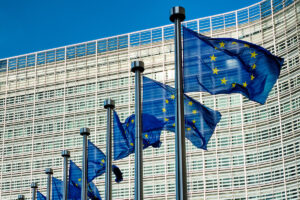2-Year Postponement of Sustainability and Due Diligence Reporting Rules
Here are the main points that have been adopted or advanced to date (early August 2025).
1. Adoption of the “Regulatory Pause” Directive for CSRD and Cs3d
The directive “regulatory pause” (“Stop-the-Clock Directive”) was adopted in April 2025. It is part of the “Omnibus” package to reduce the administrative burden on businesses.
- This directive by 2 yearspostpones certain obligations for sustainability reporting imposed by the CSRD directive.
This directive postpones by two years the application of CSRD obligations, sustainability reporting, for wave 2 companies (large non-NFRD companies = unlisted) (start their reporting only in 2028, for the 2027 financial year) and wave 3 (listed SMEs): financial year 2028 from 2029.
Note: large companies already subject to the NFRD (Non-Financial Reporting Directive) remained concerned from 2024. Their timeline has not been modified. In 2022, the European Union adopted the CSRD (Corporate Sustainability Reporting Directive) to replace and strengthen the NFRD.

Why Was this Directive Adopted?
It allows the European Commission to revise the ESRS standards (European Sustainability Reporting Standards in connection with the CSRD), through Efrag, with a simplification objective (fewer data points, removal of sectoral standards).
- For the CS3D (Corporate Sustainability Due Diligence Directive) (Directive on Corporate Due Diligence), transposition by Member States is now scheduled for end July 2027, with a first application by end July 2028 for large companies.
What Must European Companies Do for Cs3d?
Companies will need to:
- Identify human rights/environmental risks and violations in their value chain
- Implement risk prevention and correction measures
- Develop a climate transition plan aligned with the Paris Agreement to limit negative impacts
- Ensure public transparency
- Create grievance mechanisms for stakeholders (suppliers and subcontractors)

2. Ongoing Proposals (not yet Adopted)
These measures are part of the Omnibus proposal but still need to be approved by the European Parliament and the Council:
- CSRD: Reduction of ~80% of the scope of subject companies, only those with >1,000 employees (and raised financial thresholds).
- Taxonomy: Lighter obligations (voluntary reporting, financial thresholds, DNSH simplification, overhaul of the Green Asset Ratio)
- CS3D: Simplification of obligations — assessment every 5 years, focus on direct suppliers, removal of harmonized civil standards, simplified transition plan.
- CBAM (Carbon Border Adjustment Mechanism) (= Carbon Border Adjustment Mechanism):
The CBAM requires importers of certain products from non-EU countries to pay an equivalent cost to that borne by European companies under the European carbon quota system (EU ETS).
New exemption threshold: < 50 tonnes/year (CO₂ equivalent) exempting 90% of importers, easing of calculations, postponement of certificate sales to February 2027, modified deadlines for declarations, support via default values.

Why Was CBAM Created?
The European Union aims to reduce greenhouse gas emissions. This comes at a cost for European companies (purchase of carbon allowances, green investments, etc.).
The risk is that companies relocate their production to countries with less stringent climate requirements, known as carbon leakage.
CBAM therefore aims to:
- Prevent the relocation of polluting activities outside the EU
- Encourage trade partners to produce cleaner
- Ensure fair competition between European and imported products
Which Products are Covered?
To start, CBAM targets 6 highly emitting sectors: cement, steel and iron, aluminum, fertilizers, electricity, hydrogen.
E.g.: A Turkish cement manufacturer exporting to the EU will now have to declare the CO₂ emissions related to its production, and pay a carbon adjustment if these exceed European standards.
How Does it Work in Practice?
- The importer declares the GHG emissions related to the products they import.
- They purchase a number of CBAM certificates, proportional to these emissions.
- The price of these certificates is aligned with the price of CO₂ in the ’EU (ETS system).
- If the country of origin already has a carbon system, compensation is possible.
How to Prepare?
- Identify products subject to CBAM in your supply chain
- Engage with your non-EU suppliers to obtain their emissions data
- Implement carbon traceability systems

3. Final Status of the Package
- The CSRD/CS3D (“Stop-the-Clock”) component is adopted and published in the Official Journal of the European Union.
- The other elements (Taxonomy, CBAM, voluntary reporting, civil guarantees, various simplifications) are still in the state of proposals.
4. Updated Summary (Version for External Stakeholders)
Topic | Current status | Main proposed changes |
CSRD | Postponed for waves 2 and 3 (applied) | Limited scope (– 80%) by raising eligibility thresholds (reporting thresholds) (Scope of application changed from 250 to 1,000 employees), simplified standards, no sectoral standards, limited assurance |
CS3D | Transposition postponed to 2027, application 2028 | Triennial reassessment, focused on direct suppliers, national civil liability |
CBAM | Under proposal | Small quantity exemption, simplification of calculations and declarations, derogation for certificates |
Process | Stop-the-clock adopted | The rest still needs to be approved by Parliament & the Council |
Conclusion
Some proposals are already adopted, such as the well-known CSRD/CS3D postponement (“Stop-the-Clock”). The other measures, although officially proposed in February 2025, have not yet formally entered into force. They remain subject to upcoming legislative discussions.



